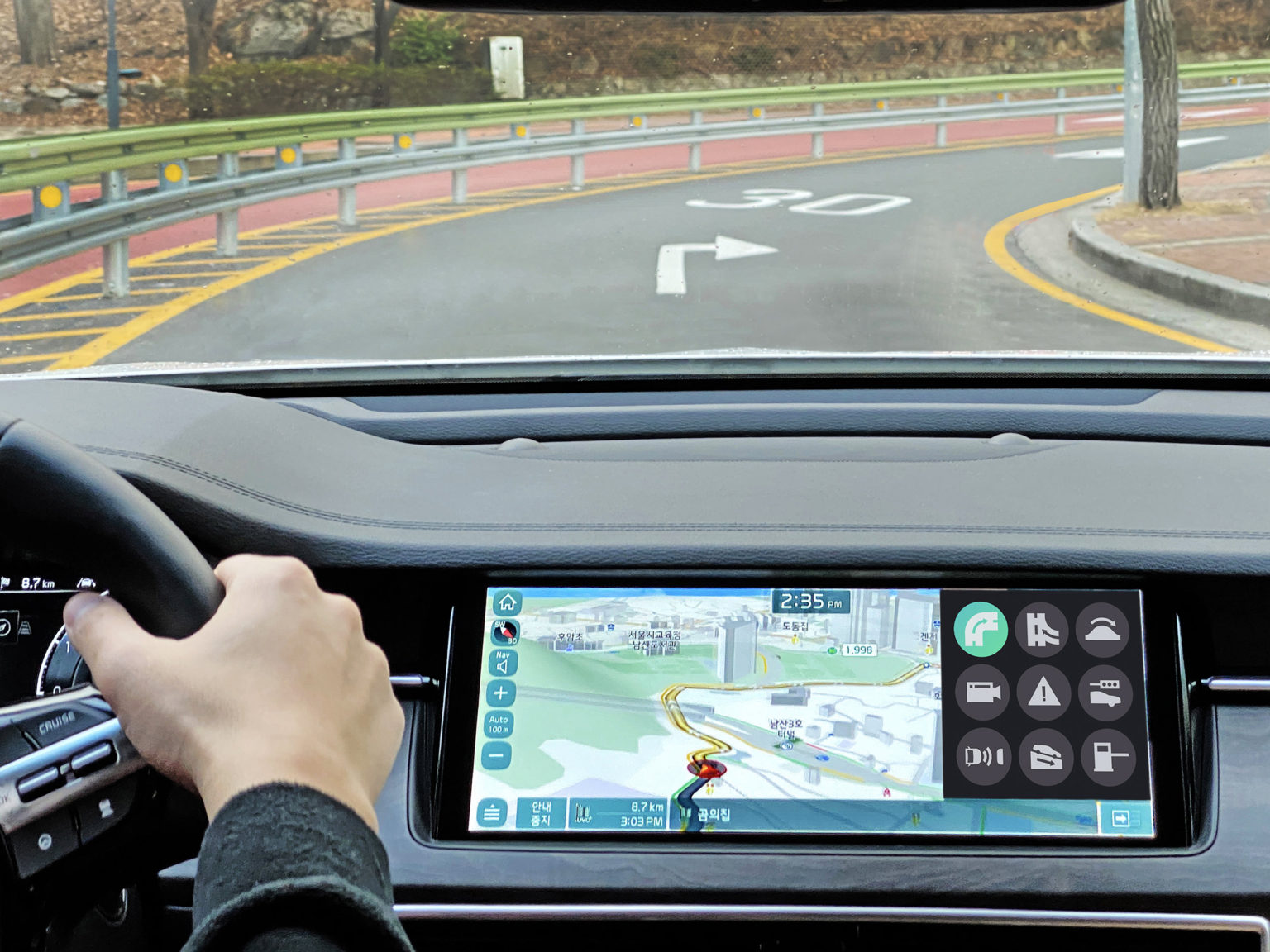There have been four-, five, and six-speed transmissions. All the way up to 10-speeds. Now, there’s the world’s first predictive shifting technology that combines traditional transmission functionality with smart computing that takes into account road conditions and the flow of traffic to shit into the right gear. By optimizing gearing, vehicles can have improved fuel economy and less wear on a their mechanical elements including the brakes.
Called the Information and Communication Technology (ICT) Connected Shift System, the technology employs intelligent software in the Transmission Control Unit that collects and interprets real-time input from underlying technologies, including 3D navigation equipped with a precise map of the road as well as cameras and radar for smart cruise control.
The automakers say that the 3D navigation input includes “elevation, gradient, curvature and a variety of road events as well as current traffic conditions. This occurs while radar detects the speed and distance between the vehicle and others, and a forward-looking camera provides lane information.”
The ICT Connected Shift System uses a variety of intelligent technologies to perform tasks.Photo courtesy of Hyundai Motor America
Using these inputs, the system uses an artificial intelligence algorithm and shifts the gears accordingly.
During testing, on curved roads the frequency of shifting was reduced 43 percent compared to vehicles without the system. It also reduced the frequency of brake usage by 11 percent.
Engine brakes are applied when an accelerator pedal is released when speed bumps are ahead, when downhill slopes emerge, and when the speed limit changes.
Currently, many vehicles feature a variety of drive modes that adjust shifting, suspension, and acceleration. This system is the first use of that technology with intelligent learning.
During the system development, the companies filed around 40 patents in South Korea and abroad.
The ICT Connected Shift System is just a step in the automakers’ intelligent transmission technology development. They’re working to develop the intelligence for the system to work with LTE and 5G communication to interact with traffic signals. However, this technology faces a major obstacle for use in daily driver scenarios because of the heavy investment required by municipalities to adopt that level of technology.
“Vehicles are evolving beyond simple mobility devices into smart mobility solutions,” said Byeong Wook Jeon, Head of Intelligent Drivetrain Control Research Lab. “Even a traditional area of the automobile, such as the powertrain, is becoming a high-tech technology optimized for smart mobility through efforts to integrate ICT and artificial intelligence technologies.”
The ICT Connected Shift System has not yet deployed to vehicles but the companies are planning to advance it in that direction as the technology evolves.








